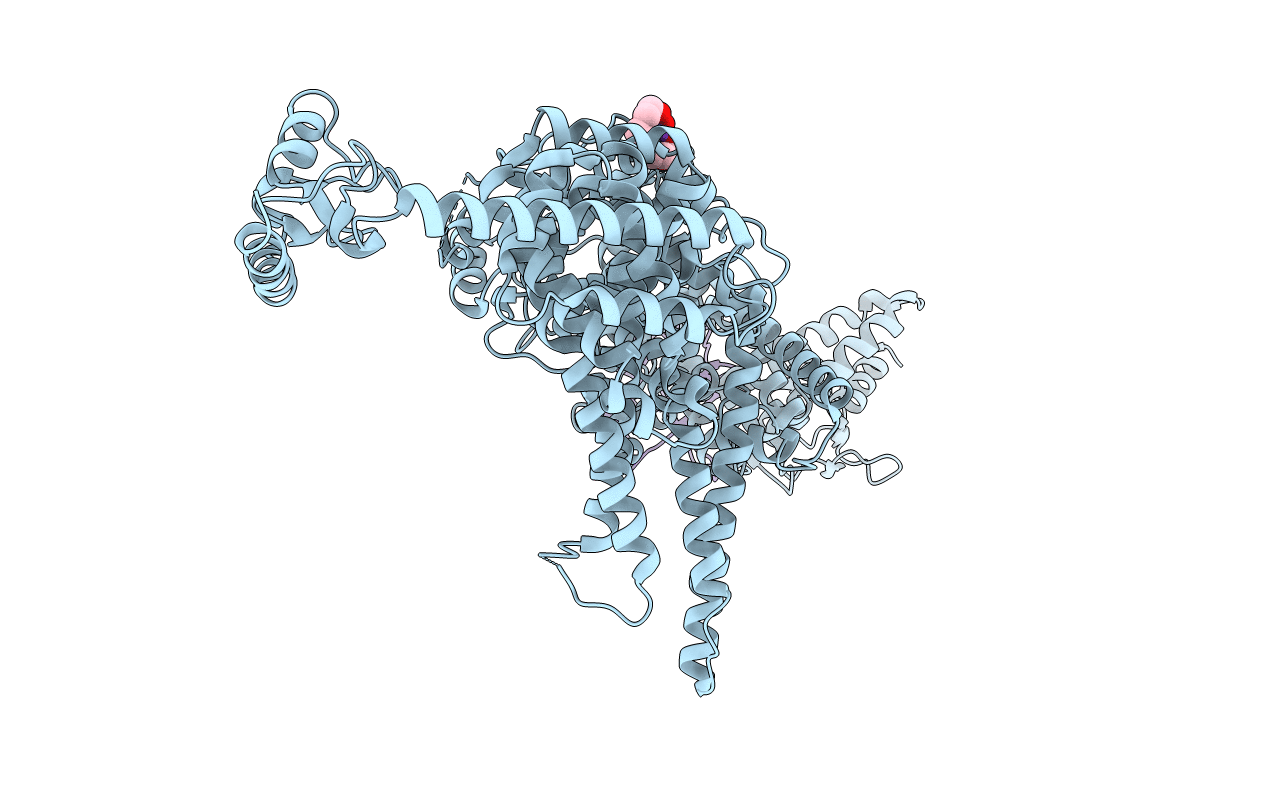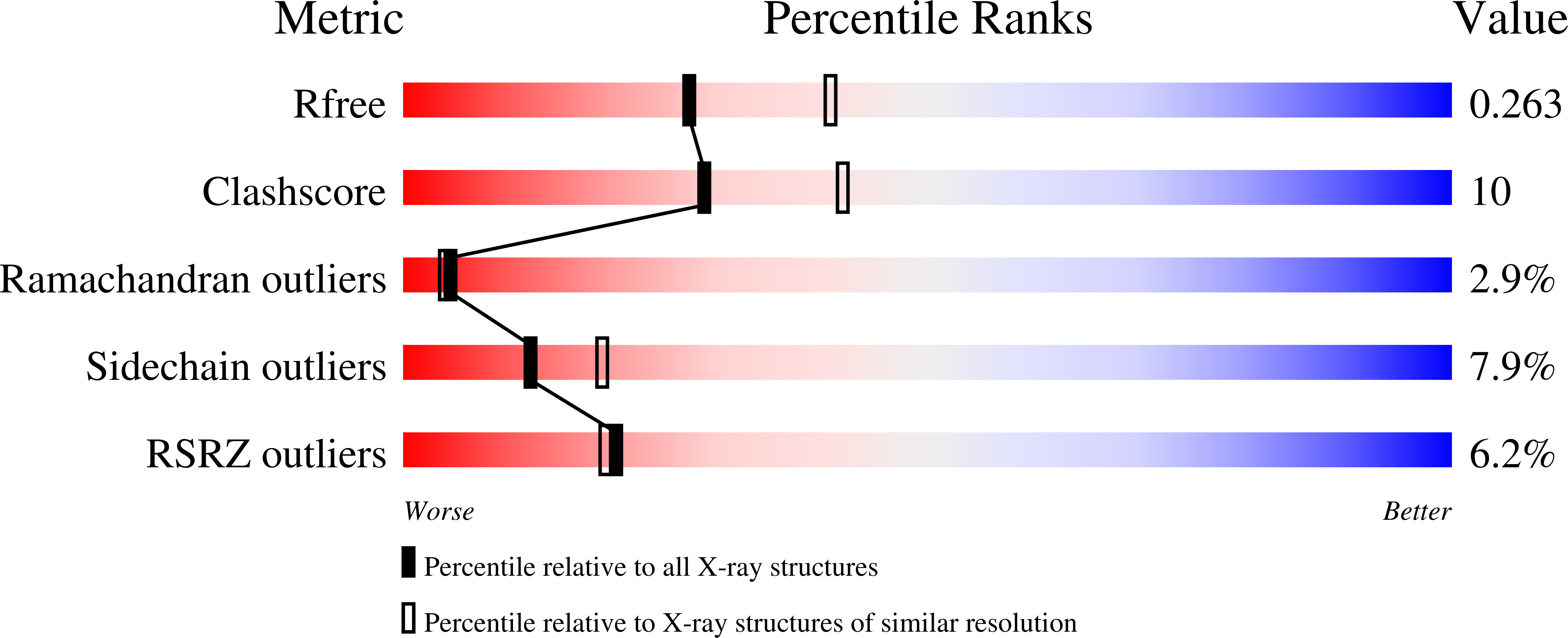
Deposition Date
2010-03-15
Release Date
2010-04-28
Last Version Date
2023-09-06
Entry Detail
PDB ID:
3M62
Keywords:
Title:
Crystal structure of Ufd2 in complex with the ubiquitin-like (UBL) domain of Rad23
Biological Source:
Source Organism:
Saccharomyces cerevisiae (Taxon ID: 4932)
Host Organism:
Method Details:
Experimental Method:
Resolution:
2.40 Å
R-Value Free:
0.25
R-Value Work:
0.20
R-Value Observed:
0.20
Space Group:
P 21 21 21


